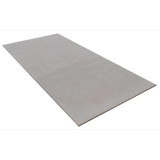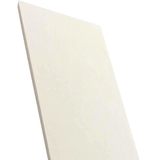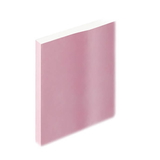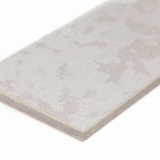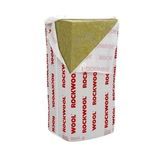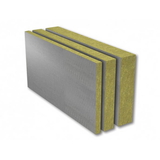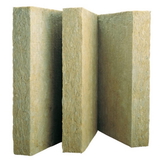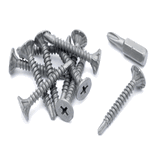- Blogs
- Fire-Rated Insulation: A Comprehensive Guide for UK Construction
Fire-Rated Insulation: A Comprehensive Guide for UK Construction

Fire safety is a critical consideration in building design and construction, particularly in the wake of tragic events like the Grenfell Tower fire. Fire-rated insulation plays a crucial role in enhancing building safety, helping to slow the spread of flames and protect occupants and property. This guide explores the best and worst fire-rated insulation materials, their classifications, and key considerations for UK construction professionals.
Understanding Fire Ratings and Classifications
In the UK, fire performance of building materials is primarily assessed using the Euroclass system, as defined in BS EN 13501-1. This system provides a comprehensive evaluation of a material's reaction to fire, including its combustibility, smoke production, and flaming droplets/particles.
Euroclass Ratings Explained: 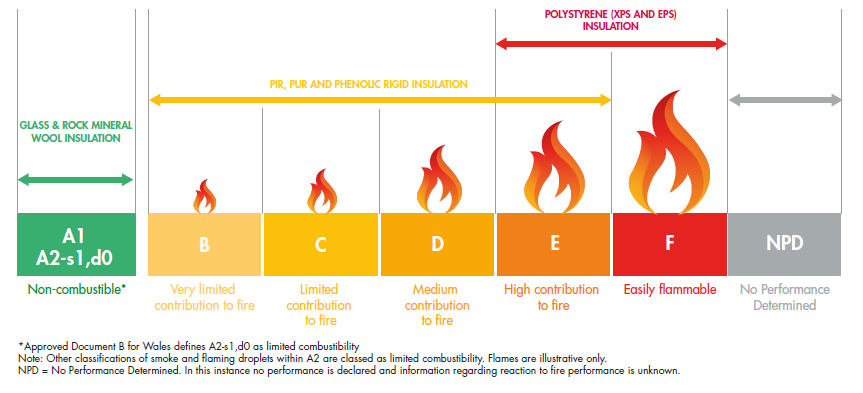
- A1: Non-combustible (highest rating)
- A2: Limited combustibility
- B: Very limited contribution to fire
- C: Limited contribution to fire
- D: Medium contribution to fire
- E: High contribution to fire
- F: Easily flammable (lowest rating)
Additionally, materials are rated for smoke production (s1, s2, s3) and flaming droplets (d0, d1, d2). For example, an A2-s1,d0 rated material has limited combustibility, low smoke production, and no flaming droplets.
Best Fire-Rated Insulation Materials
- Mineral Wool (Rock Wool) :Mineral wool achieves the highest A1 fire rating. It's non-combustible and can withstand temperatures up to 1100°C, far exceeding the typical temperatures in house fires (around 750°C). This makes it an excellent choice for fire-critical applications[1].
- Glass Wool :Also achieving an A1 rating, glass wool is non-combustible. While its melting point is lower than mineral wool (around 540°C), it still performs well in most fire scenarios. Glass wool offers a good balance of fire resistance, thermal performance, and acoustic properties[1].
- Calcium Silicate Boards :These boards achieve an A1 fire rating and provide high-performance fire resistance. Products like Promat fire resistant boards are rated Class 0 under Building Regulations, offering excellent protection in a slim profile[2].
- Fibre Cement Boards Fibre cement boards : such as those produced by Knauf, often achieve A2-s1,d0 ratings. They offer excellent fire resistance and are particularly useful in external wall constructions[1].
Worst Fire-Rated Insulation Materials
- Expanded Polystyrene (EPS) EPS typically achieves only an E or F fire rating, the lowest classifications in the Euroclass system. It's highly flammable and can contribute significantly to fire spread[1].
- Extruded Polystyrene (XPS) Similar to EPS, XPS performs poorly in fire scenarios. It's flammable and can produce toxic smoke when burning[1].
- Polyurethane Foam While some polyurethane foams can be treated with fire retardants, many types ignite at relatively low temperatures (around 371°C) and can contribute to fire spread
Middle-Ground Options
- Polyisocyanurate (PIR) Foam PIR insulation boards can achieve varying fire ratings, from Class 0 to Class 1 under UK Building Regulations. While not as fire-resistant as mineral wool or glass wool, some PIR products offer better fire performance than polystyrene foams. For instance, Kingspan K110 Plus Soffit Board achieves a B rating in the Euroclass system[5].
- Phenolic Foam Phenolic foam insulation typically achieves a Euroclass C fire rating, placing it in the middle range of fire performance. It offers better fire resistance than polystyrene foams but doesn't match the performance of mineral wool or glass wool[1].
Key Considerations for Fire-Rated Insulation
- Building Regulations Compliance In the UK, all structural elements such as walls, floors, and beams should provide fire resistance of at least 30 minutes. This is typically achieved using fire-rated plasterboard and plaster finishes at least 12.5mm thick, or two layers of standard plasterboard at least 9.5mm thick with a plaster set finish[4].
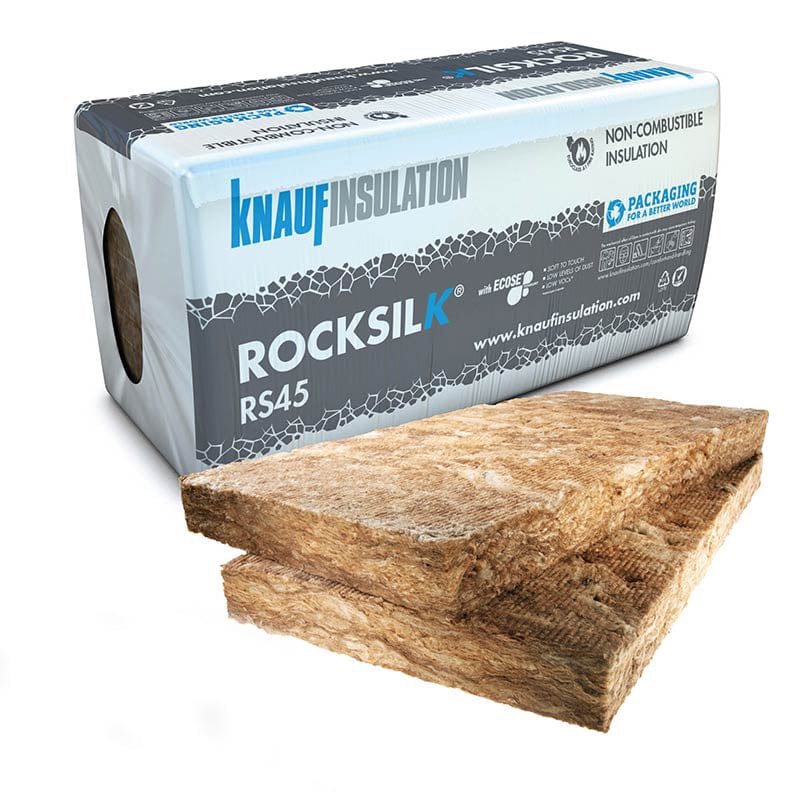
- Integral Garages Garage ceilings with a room above should have two layers of fire plasterboard to create a 'fire ceiling'. This is because garages may be used to store fuel, and the building regulations require a minimum of 30 minutes fire separation in two-storey houses with integral garages[4].
- Steel Beam Protection Steel beams and columns require additional fire protection to ensure they remain below the critical failure temperature of 550°C for the required duration (e.g., 30 minutes). This can be achieved through the application of fire-resistant coatings or encasement in fire-rated materials[4].
- Loft Insulation Using mineral wool rolls or batts within the joists of a loft can offer both fire resistance and thermal insulation. This is particularly important as loft spaces can be a significant factor in fire spread[5].
- Smoke and Toxic Fumes When selecting insulation materials, it's crucial to consider not just their fire rating but also their potential to produce smoke and toxic fumes. Materials like PIR insulation can release toxic smoke when combusted, which can be as dangerous as the fire itself in terms of occupant safety[5].
- Vapour Barriers and Facings Some insulation materials, such as fibreglass, may be faced with paper or other materials that can be flammable. Always check the fire rating of the entire product, not just the core material[5].
- Regular Inspections Fire-rated insulation should be inspected regularly as part of a building's fire safety maintenance schedule. The frequency of these inspections can vary depending on building codes and conditions of use.
Conclusion
Selecting the appropriate fire-rated insulation is crucial for ensuring building safety and compliance with UK regulations. While materials like mineral wool and glass wool offer the highest fire resistance, other options may be suitable depending on the specific application and overall fire strategy of the building.
It's essential to consider not only the fire performance but also the thermal efficiency, cost, and suitability for the specific application. Always consult local building regulations and fire safety standards, and work with qualified professionals to ensure proper installation and compliance.
Remember, fire safety is a holistic approach that goes beyond just insulation. It includes proper compartmentation, fire doors, alarm systems, and evacuation procedures. By carefully selecting fire-rated insulation and integrating it into a comprehensive fire safety strategy, we can create safer, more resilient buildings for all.

Samuel Hitch
Managing Director
Buy Insulation Online.
Leave A Reply
Your feedback is greatly appreciated, please comment on our content below. Your email address will not be published. Required fields are marked *



